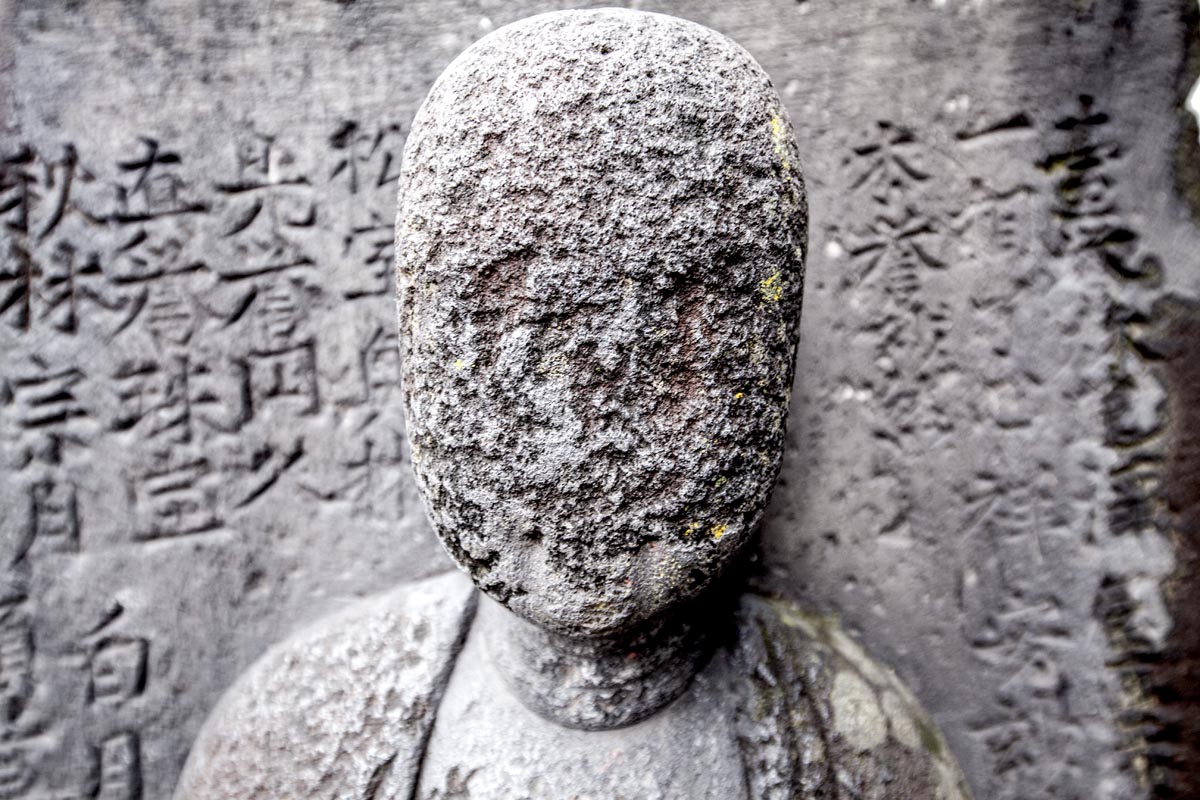Il tempio “dove venire gettati via” a Tokyo.
Esiste un tempio buddista a Tokyo chiamato Jokanji nel cui annesso cimitero nei secoli scorsi son state sepolte migliaia di prostitute, perlopiù in una fossa comune. E’ anche chiamato “Nagekomi”, ovvero tempio “dove venire gettati via”.
Oggigiorno all’apparenza sembra un piccolo cimitero come tanti in città e del resto molta gente comune è lì sepolta. Tuttavia rimangono la fossa comune riservata alle prostitute di un tempo, sormontata da un monumento, ed alcune stele funebri singole dedicate ad alcune prostitute particolari.
I luoghi di sepoltura delle ragazze, che spesso morivano nella prima metà dei loro vent’anni, sono stranamente tuttora oggetto di venerazione popolare. Fiori, oggetti di maquillage, pettinini e talvolta sake vengono loro portati in offerta sulla tomba. Pare se ne tema il risentimento verso i viventi per una vita carica di dolore. A me piace pensare che si riesca non solo a non dimenticare la violenza perpetrata, ma si continui anche a restare colpiti dal mistero di unione di erotismo e morte, un mistero che si muove come un fantasma di cui poter subire la vendetta e che va tenuto buono.
The Throw-away temple in Tokyo.
There is a Buddhist temple in Tokyo called Jokanji in whose adjoining cemetery thousands of prostitutes have been buried in the past centuries, mostly in a mass grave. It is also called “Nagekomi”, or temple where “to be thrown away”.
Nowadays it looks like a small cemetery like many in the city and many common people are buried there. However, the common grave reserved for the prostitutes of the past remains, surmounted by a monument, as well as some individual funeral steles dedicated to some particular prostitutes.
The burial places of girls, who often died in the first half of their twenties, are strangely still object of popular veneration. Flowers, make-up items, combs and sometimes sake are brought to them as an offering on the grave. It seems there is a fear for the girls’ resentment towards the living humans as a consequence of their life full of pain.
I am prone to think that not only can we not forget the violence perpetrated, but we also continue to be struck by the mystery of the union of eroticism and death, a mystery that moves like a ghost whose vindictive mood must be kept calm.


